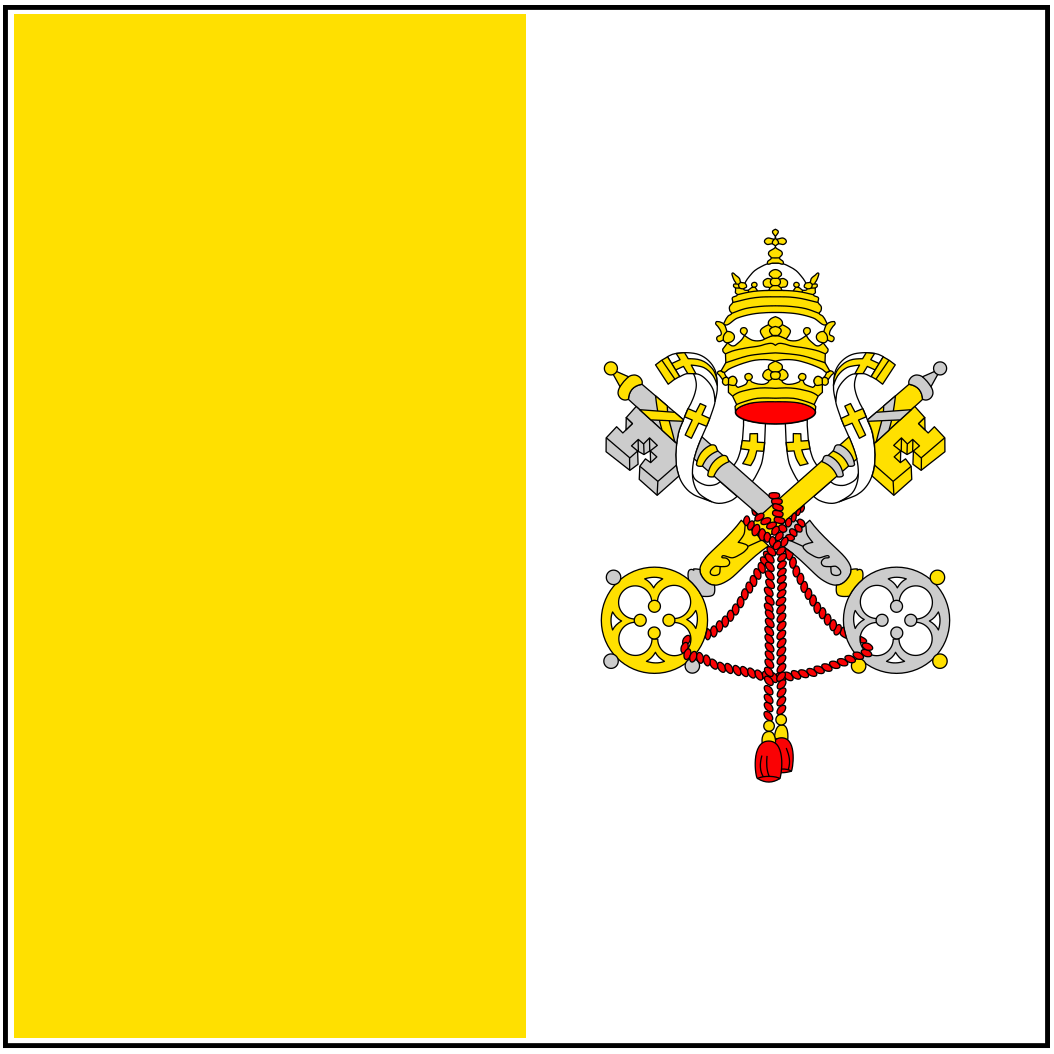 |
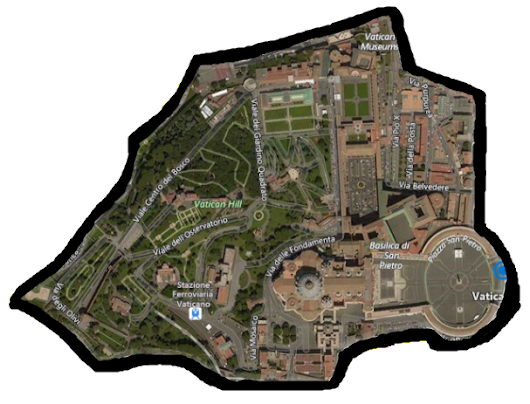 |
 |
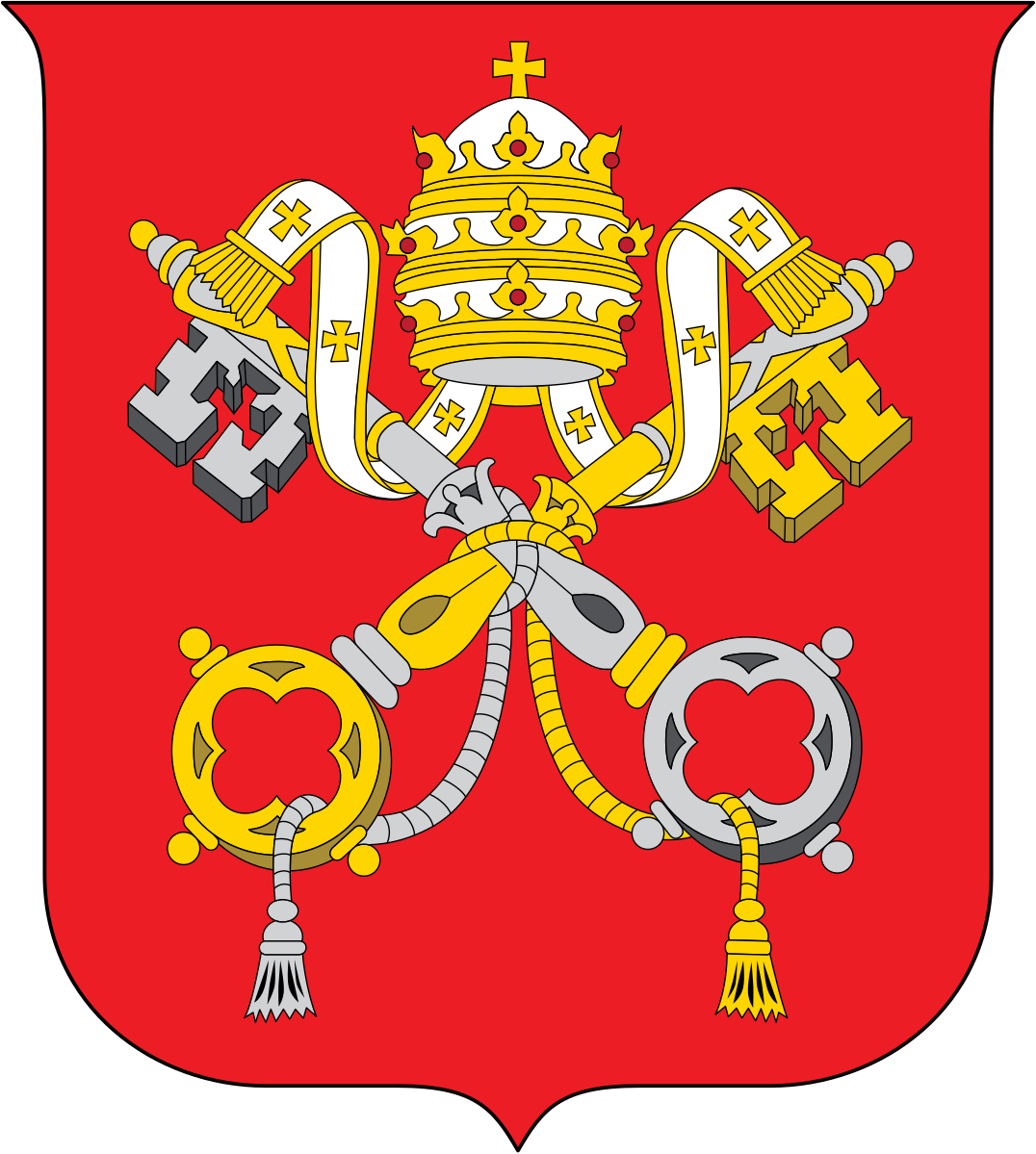 |
Vatican City, officially the Vatican City State or the State of Vatican City, is an independent state located within the city of Rome. With an area of 110 acres, and a population of about 1,000, it is the smallest state in the world by both area and population. However, formally it is not sovereign, with sovereignty being held by the Holy See.
It is an ecclesiastical or sacerdotal-monarchical state (a type of theocracy) ruled by the pope who is the bishop of Rome and head of the Roman Catholic Church. The highest state functionaries are all Catholic clergy of various national origins. Since the return of the popes from Avignon in 1377, they have generally resided at the Apostolic Palace within what is now Vatican City, although at times residing instead in the Quirinal Palace in Rome or elsewhere.
The Vatican City is distinct from the Holy See which dates back to early Christianity and is the main episcopal see of 1.2 billion Latin and Eastern Catholic adherents around the globe. The independent city-state, on the other hand, came into existence in 1929 by the Lateran Treaty between the Holy See and Italy, which spoke of it as a new creation, not as a vestige of the much larger Papal States (756–1870), which had previously encompassed much of central Italy. According to the terms of the treaty, the Holy See has "full ownership, exclusive dominion, and sovereign authority and jurisdiction" over the city-state.
Within the Vatican City are religious and cultural sites such as St. Peter's Basilica, the Sistine Chapel and the Vatican Museums. They feature some of the world's most famous paintings and sculptures. The unique economy of Vatican City is supported financially by the sale of postage stamps and tourist mementos, fees for admission to museums, and the sale of publications.
Source is from Wikipedia
Photo 1: Vatican City Flag (Source: Wikipedia)
Photo 2: Vatican City Outline (Source: Andrew Salvatore)
Photo 3: Vatican City Stamp (Source: Google)
Photo 4: Coat of arms of Vatican City (Source: Wikipedia)
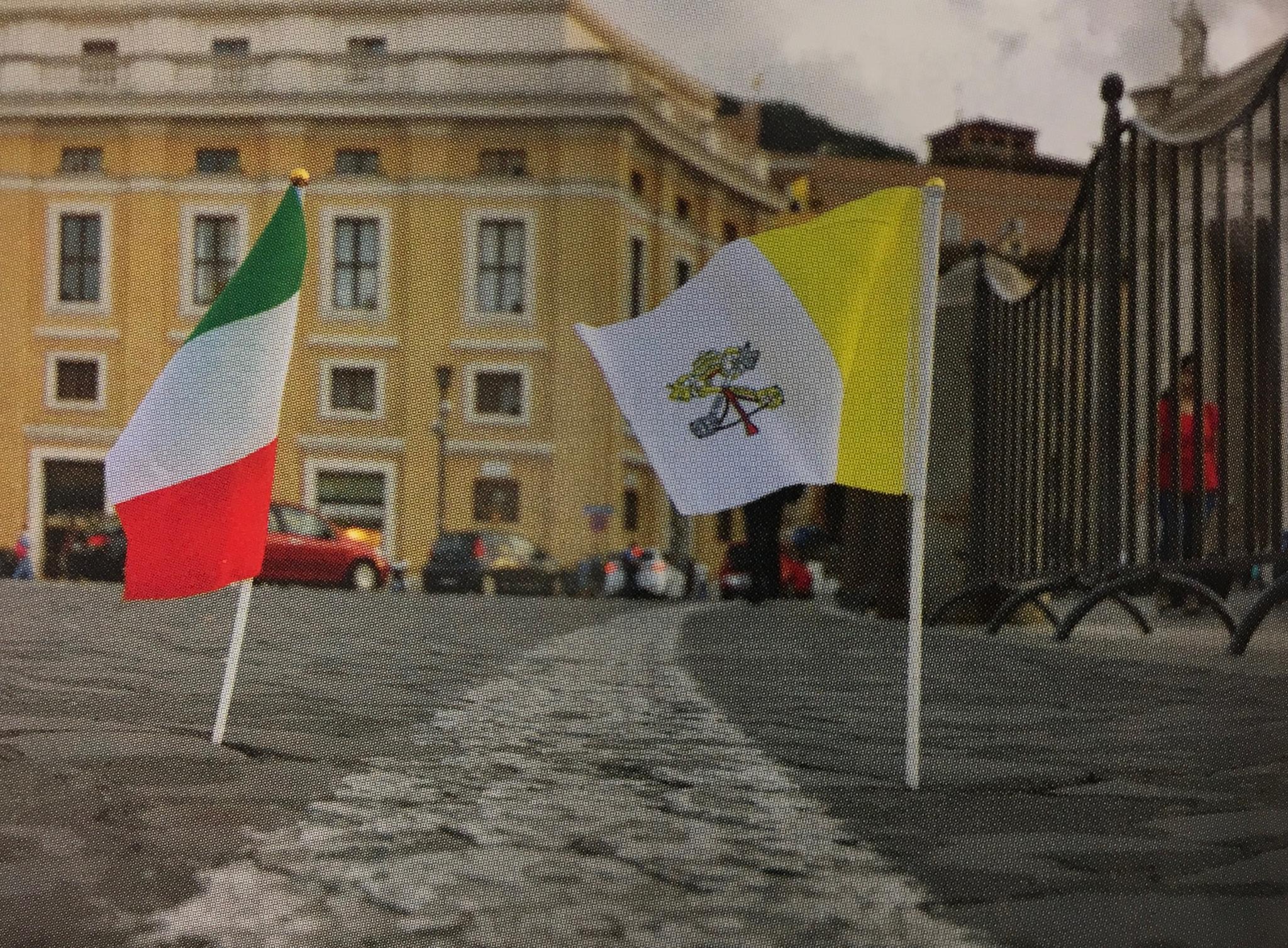
At 109 acres, about eight Vatican City States could fit within Central Park in New York City. While the Vatican is small, its independence assures the Pope's freedom to teach and shepherd without coercion, interference, or hinderance from any other country or influence.
Source is from 101 Surprising Facts About St. Peter's and the Vatican.
Photo: Italy-Vatican City border from 101 Surprising Facts About St. Peter's and the Vatican.
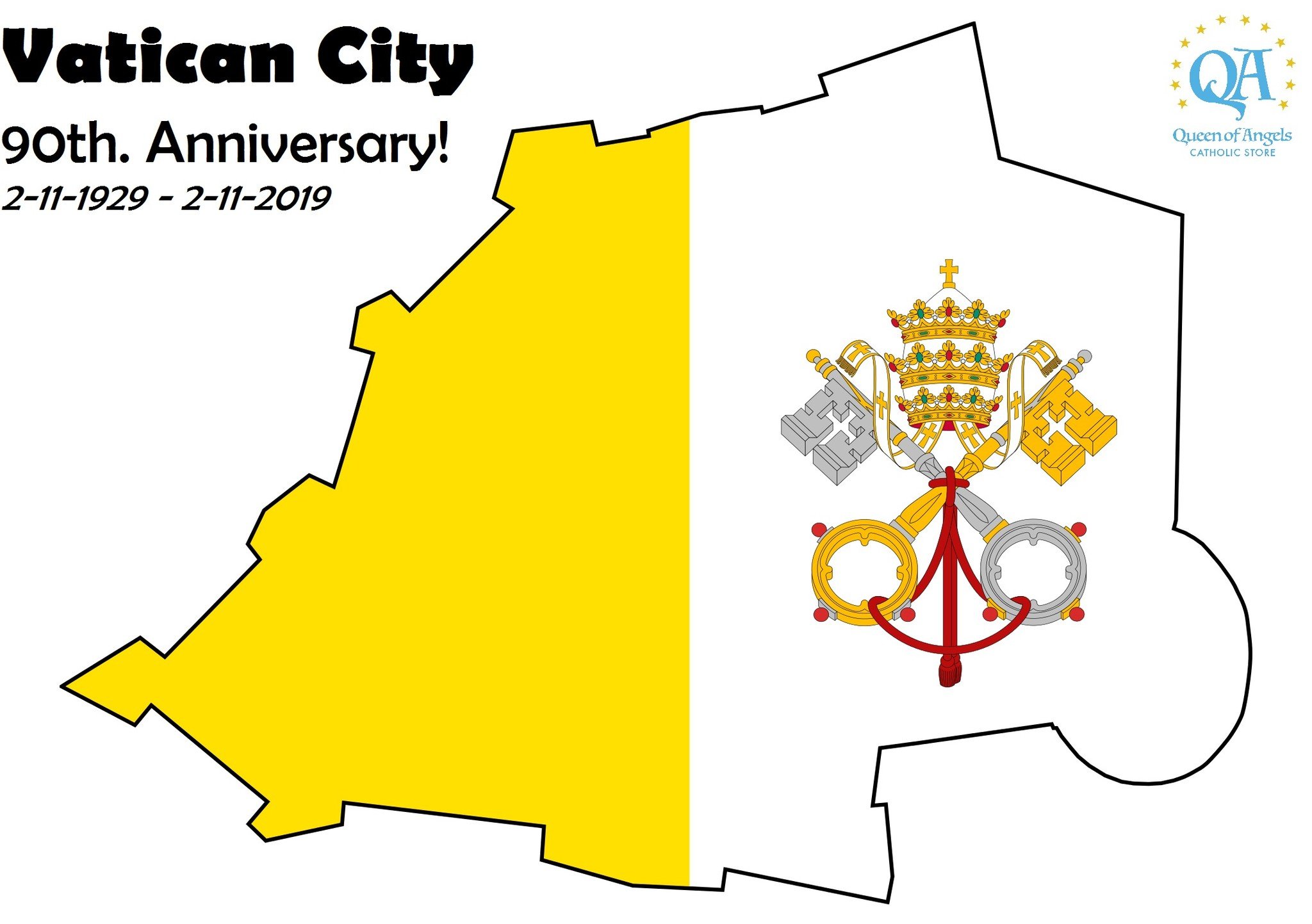
Popes gradually came to have a secular role as governors of regions near Rome. They ruled the Papal States, which covered a large portion of the Italian peninsula, for more than a thousand years until the mid-19th century, when all the territory belonging to the papacy was seized by the newly created Kingdom of Italy.
For most of this time the popes did not live at the Vatican. The Lateran Palace, on the opposite side of Rome, was their habitual residence for about a thousand years. From 1309 to 1377, they lived at Avignon in France. On their return to Rome they chose to live at the Vatican. They moved to the Quirinal Palace in 1583, after work on it was completed under Pope Paul V(1605–1621), but on the capture of Rome in 1870 retired to the Vatican, and what had been their residence became that of the King of Italy.
In 1870, the Pope's holdings were left in an uncertain situation when Rome itself was annexed by the Piedmont-led forces which had united the rest of Italy, after a nominal resistance by the papal forces. Between 1861 and 1929 the status of the Pope was referred to as the "Roman Question".
Italy made no attempt to interfere with the Holy See within the Vatican walls. However, it confiscated church property in many places. In 1871 the Quirinal Palace was confiscated by the king of Italy and became the royal palace. Thereafter the popes resided undisturbed within the Vatican walls, and certain papal prerogatives were recognized by the Law of Guarantees, including the right to send and receive ambassadors. But the Popes did not recognise the Italian king's right to rule in Rome, and they refused to leave the Vatican compound until the dispute was resolved in 1929; Pope Pius IX (1846–1878), the last ruler of the Papal States, was referred to as a "prisoner in the Vatican". Forced to give up secular power, the popes focused on spiritual issues.
This situation was resolved on 11 February 1929, when the Lateran Treaty between the Holy See and the Kingdom of Italy was signed by Prime Minister and Head of Government Benito Mussolini on behalf of King Victor Emmanuel III and by Cardinal Secretary of State Pietro Gasparri for Pope Pius XI.The treaty, which became effective on 7 June 1929, established the independent state of Vatican City and reaffirmed the special status of Catholicism in Italy.

Source is from Andrew Salvatore and Wikipedia.